Introduction:
In the ever-evolving landscape of web development, the decision to migrate from one technology to another is often driven by the need for enhanced features, improved performance, or a desire to leverage a more familiar and powerful ecosystem. Blazor, the innovative web framework from Microsoft, has gained popularity for its ability to bring C# and .NET to the front end. In this article, we’ll explore the process and considerations involved in migrating from other technologies to Blazor, offering insights into a smooth and successful transition.
Why Migrate to Blazor?
1. Unified Technology Stack:
- Blazor allows developers to use C# and .NET for both client and server-side development, creating a unified technology stack.
2. Code Reusability:
- Leverage existing C# and .NET codebases, fostering code reusability and minimizing the need for a complete rewrite.
3. Familiar Development Environment:
- Developers can utilize their existing skills in C# and .NET, reducing the learning curve and accelerating the migration process.
4. Integration with .NET Ecosystem:
- Integrate seamlessly with other .NET technologies, databases, and services, unlocking the potential of the broader .NET ecosystem.
Steps in Migrating to Blazor:
1. Assessment and Planning:
Evaluate the current technology stack, assess the feasibility of migration, and outline a detailed migration plan.
2. Identify Key Components:
Identify the key components and features of your application that need to be migrated to Blazor.
3. Data Migration:
Plan for the migration of data, ensuring a smooth transition of databases, data models, and related components.
4. User Interface Migration:
Migrate the user interface components, considering the differences in design patterns and structure between the current technology and Blazor.
5. Business Logic and Services:
Move business logic and services to Blazor components, taking advantage of shared code and maintaining consistency across the application.
6. Testing:
Conduct thorough testing at each stage of migration to identify and address any issues promptly.
7. Gradual Rollout:
Consider a gradual rollout strategy, migrating specific features or modules incrementally to minimize disruption.
Considerations and Best Practices:
1. Code Refactoring:
Embrace the opportunity to refactor and optimize code during the migration process, ensuring a more efficient and maintainable application.
2. Dependency Management:
Carefully manage dependencies, ensuring that third-party libraries and components used in the existing technology are compatible with Blazor.
3. Documentation:
Thoroughly document the migration process, including any challenges faced and solutions implemented, for future reference.
4. Training and Support:
Provide training and support for developers transitioning to Blazor, ensuring a smooth adaptation to the new framework.
Conclusion:
Migrating from other technologies to Blazor is a strategic move that holds the promise of a more streamlined and powerful development experience. By carefully planning and executing each stage of the migration process, developers can leverage the strengths of Blazor while preserving the core functionality and features of their existing applications. Whether you are migrating from a JavaScript framework, a traditional server-side technology, or any other stack, Blazor’s versatility and integration capabilities make it a compelling choice for those looking to embrace the future of web development.


